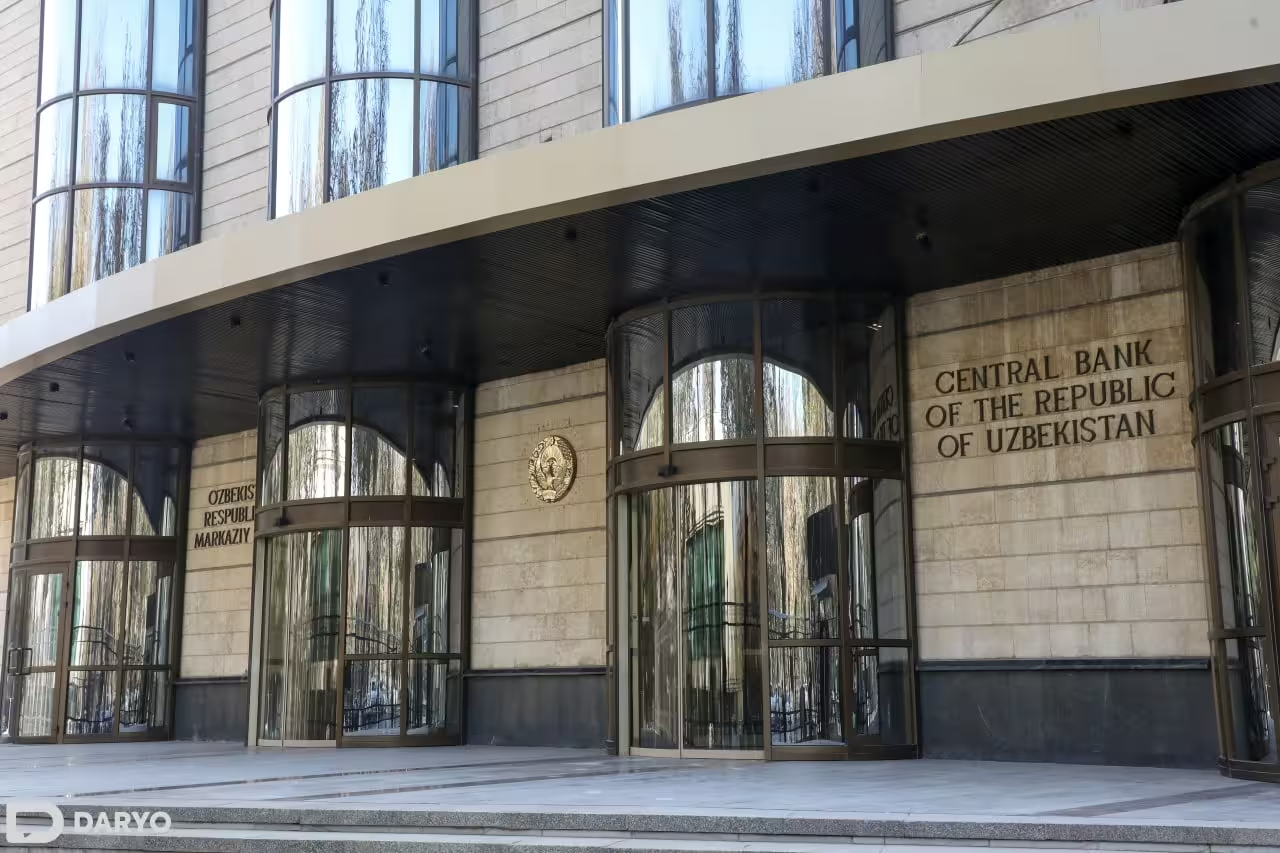The Board of the Central Bank of Uzbekistan has decided to keep the policy rate unchanged at 14.0% per annum, citing persistent inflationary risks and the need to maintain tight monetary conditions to support price stability.

The decision follows the Bank’s latest assessment of inflation trends, which remain uncertain due to ongoing imbalances between aggregate demand and supply, as well as external shocks. Officials emphasized that current monetary settings are essential to ensure a steady decline in inflation and to anchor inflation expectations around the medium-term target of 5%.
Inflation
Headline inflation has continued to rise since the start of the year, reaching 10.3% annually in March. Core inflation, which excludes volatile components, also climbed to 8.1%, signaling that price pressures are being driven by both supply constraints and robust consumer demand.
While improvements in fuel and energy supply, along with a stable exchange rate, contributed to a temporary dip in March inflation, the Central Bank noted that inflation expectations among households and businesses remain elevated and continue to exceed actual inflation figures.
The Bank expects the initial inflationary impact from the 2024 energy price liberalization to taper off by the second quarter of this year, potentially easing price pressures. However, rising global consumer prices and worsening terms of international trade are adding to cost-side inflation risks.
According to updated projections, headline inflation is likely to reach the upper bound of the 7–8% forecast corridor by the end of 2025.
Economic Growth
On the growth front, Uzbekistan’s economy expanded by 6.8% in the first quarter, driven by increased consumption, investment, and strong inflows of remittances. Credit growth and private investment are also contributing to sustained aggregate demand. GDP growth is projected to remain strong at around 6% through the end of the year.
The real effective exchange rate has stayed within the medium-term trend, buoyed by the strengthening of currencies in key trading partners and the relative stability of the Uzbek soum.
The Central Bank emphasized that keeping the policy rate at its current level will help align demand with supply, curb credit growth, and maintain strong deposit activity—key tools in reducing inflationary pressure over time.
Potential Adjustments and Future Outlook
The Board also signaled that monetary conditions may be adjusted in future meetings depending on the impact of the second phase of energy price reforms scheduled for May, which could influence inflation and expectations further.
The Central Bank’s next policy meeting is set for June 12, 2025.
On July 25, 2024, the Central Bank lowered the policy rate by 0.5 percentage points to 13.5% per annum — marking the first time in seven years it dropped below the 14% threshold. The rate remained at that level until March 20, when the Central Bank's board decided to raise it by 0.5 percentage points, bringing it back to 14%.
Follow Daryo's official Instagram and Twitter pages to keep current on world news.
Comments (0)